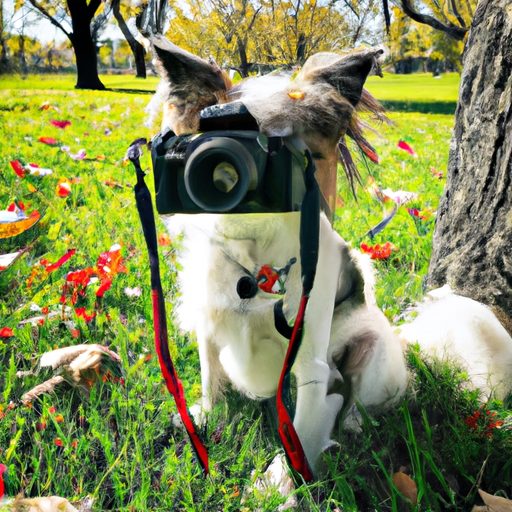Understanding your dog is akin to unlocking a secret language. It’s a task that requires patience, keen observation, and a whole lot of love. “I know what you are, dog” is not just a phrase. It represents the ability to comprehend a dog’s behavior, to interpret their needs, and to respond effectively. It’s a skill that can enhance the bond between you and your furry friend, and it’s a journey that we invite you to embark on with us.
- Key Takeaways
- Understanding Canine Body Language
- Decoding Dog Sounds
- Canine Behavioral Patterns
- How to Respond to Your Dog’s Needs
Understanding Canine Body Language
Dogs primarily communicate through body language. From the wag of a tail to the perk of their ears, each movement carries a message. For instance, a relaxed, gently wagging tail often indicates happiness, while a stiff, rapidly wagging tail can imply agitation.
Different breeds may express themselves in slightly different ways, so it’s essential to consider breed-specific behaviors. An excellent resource for this is the American Kennel Club, which offers a wealth of information about individual breed characteristics.
Wagging Tail – This is a common sign that your dog is happy and content. However, the speed and direction of the wag can indicate different emotions.
Perked Ears – Your dog is alert and paying attention to their surroundings. If the ears are pinned back, your dog may be feeling scared or submissive.
Yawning – While sometimes a sign of tiredness, yawning can also indicate stress, especially in unfamiliar situations.
Information is power, and the more you understand about canine body language, the better equipped you’ll be to respond to your dog’s needs. From websites like OneTopDog to books such as “Decoding Your Dog,” there are numerous resources to help you on your journey.
Decoding Dog Sounds
Alongside body language, dogs also use sounds to communicate. From barks to whines, each sound is a vocal clue to your dog’s emotional state.
Barking – Dogs bark for many reasons, including alerting you to danger, expressing excitement or boredom, or seeking attention.
Growling – Growling can indicate aggression or fear. It’s essential never to punish a dog for growling as it’s their way of warning before possibly biting.
Whining – Dogs usually whine when they’re anxious, excited or seeking attention. It could also be a sign of discomfort or pain.
For a more in-depth look at canine vocalizations, check out this comprehensive guide on OneTopDog.
Canine Behavioral Patterns
Recognizing behavioral patterns can provide valuable insights into your dog’s needs and emotional health. For example, excessive chewing or digging can indicate boredom or anxiety, while changes in eating or drinking habits could be a sign of health issues.
It’s essential to consult with a professional if you notice sudden changes in your dog’s behavior. Websites like OneTopDog offer advice on addressing common behavioral issues.
How to Respond to Your Dog’s Needs
Understanding your dog’s behavior is only half the battle. The other half is responding effectively to their needs. Whether that means providing comfort during a thunderstorm, extra playtime to burn off energy, or a trip to the vet for a health concern, your actions can make a world of difference to your dog’s wellbeing.
Frequently Asked Questions:
-
Why is my dog wagging its tail? – While often a sign of happiness, a wagging tail can also indicate agitation or excitement, depending on the speed and direction of the wag.
-
What does it mean when my dog’s ears are pinned back? – This usually means your dog is feeling scared or submissive.
-
Why does my dog keep barking at nothing? – Barking can be a sign of many things, including alerting you to danger, expressing excitement or boredom, or seeking attention.
-
Is it normal for my dog to growl? – While growling can indicate aggression or fear, it’s important to remember that it’s a warning before possibly biting.
In conclusion, understanding your dog’s behavior isn’t an overnight process—it requires patience, dedication, and a genuine desire to understand your furry friend. However, the rewards—enhanced communication, a stronger bond, and the ability to meet your dog’s needs effectively—are worth every moment.
Remember, the journey to understanding your dog is a journey of love. As the saying goes, “I know what you are, dog”—and with time, patience, and dedication, you will too.



